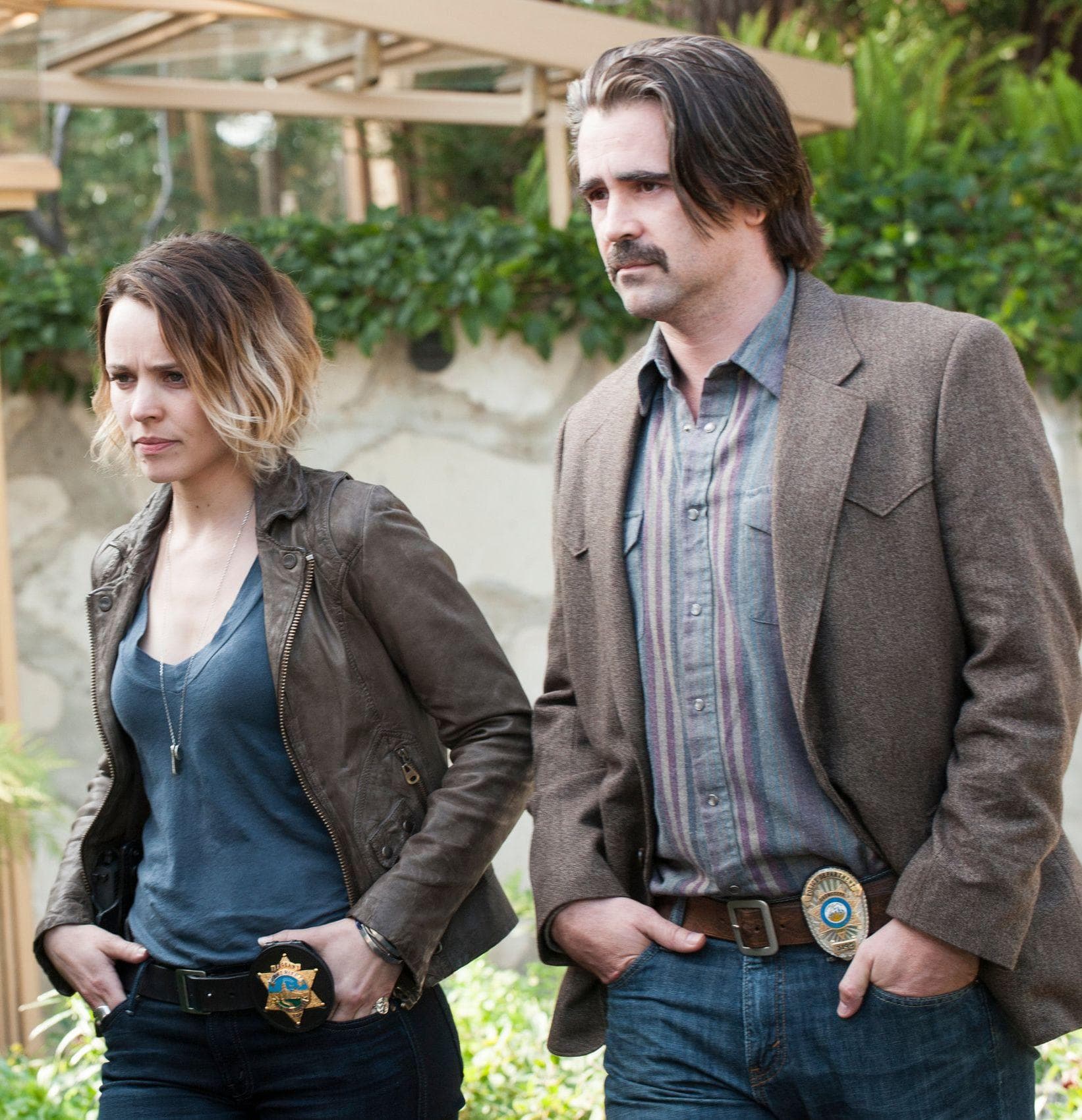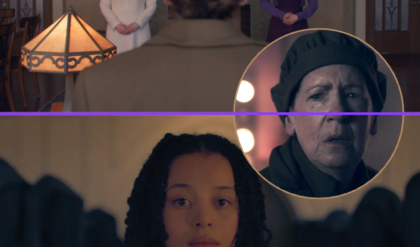True Detective’s Uneven Legacy: From Season 2’s Missteps to Season 4’s Polarizing Turn

HBO’s True Detective remains one of television’s most fascinating anthologies — a series defined as much by its soaring highs as by its divisive lows. While the first season is still revered as a benchmark for crime storytelling, later seasons have struggled with consistency. Season 2’s radical departure disappointed many, and Season 4’s recent supernatural tilt has sparked debate among critics and fans alike.
Season 4: Ambition in the Alaskan Cold
The most recent installment, True Detective: Night Country, is set in the fictional town of Ennis, Alaska. Its premise was compelling: the mysterious disappearance of eight men from a remote research facility. The opening two episodes delivered a chilling atmosphere, with stark visuals of endless night and a setup that promised intrigue.
However, as the investigation progressed, the narrative began to falter. By episode three, cracks appeared in both pacing and tone. What started as a sharp, character-driven mystery became bogged down by uneven storytelling. The integration of ghostly visions and supernatural elements, while ambitious, left some viewers captivated and others frustrated.
Instead of deepening the mystery, these surreal flourishes often disrupted it, causing the show to lose the satisfying core that had anchored its first two hours. The result was a season that dared to take risks but left audiences divided — praised for atmosphere but criticized for lack of cohesion.
The Radical Detour of Season 2
The struggles of Season 4 echo an earlier controversy: the fallout from Season 2. After the critical triumph of Season 1, expectations were sky-high for Nic Pizzolatto’s follow-up. But instead of returning to the brooding philosophical crime story set in Louisiana, Pizzolatto pivoted dramatically.
Season 2 relocated the story to the fictional industrial town of Vinci, California. Its narrative followed three cops — played by Colin Farrell, Rachel McAdams, and Taylor Kitsch — and a criminal-turned-businessman portrayed by Vince Vaughn. Entangled in murder, corruption, and municipal conspiracy, the story promised grit but delivered convolution.
The season was criticized for its dense plotting, lack of focus, and characters that never resonated as deeply as Rust Cohle or Marty Hart from Season 1. While it had moments of brilliance — Farrell’s unhinged performance and Vaughn’s attempt at dramatic reinvention — Season 2 largely felt like a radical departure that betrayed the anthology’s original strengths.
What Made Season 1 Work
To understand why subsequent seasons have faced harsher scrutiny, it is necessary to revisit what made Season 1 resonate. Starring Matthew McConaughey as Rust Cohle and Woody Harrelson as Marty Hart, the series paired a gripping murder mystery with existential philosophy.
The Louisiana setting was more than just a backdrop; it was a character in itself, dripping with menace and decay. Pizzolatto’s writing was lyrical and haunting, while Cary Fukunaga’s direction gave the show a cinematic weight rarely seen on television at the time.
The chemistry between McConaughey and Harrelson elevated the material, grounding the show’s dark themes in human struggle. The ending may have been polarizing for some, but overall, Season 1 felt like a complete and carefully constructed work of art.
A Series of Peaks and Valleys
Since then, True Detective has been a series caught between reinvention and repetition. Season 3, led by Mahershala Ali, managed to win back some goodwill by returning to a more intimate and emotionally resonant narrative. Its dual-timeline structure and Ali’s powerful performance drew praise, though some critics noted it leaned heavily on familiar tricks from Season 1.
Season 4, meanwhile, attempted another reinvention under new showrunner Issa López. By leaning into supernatural ambiguity and gothic horror, it differentiated itself from earlier seasons. Yet, in doing so, it risked alienating viewers who sought the grounded precision of the show’s roots.
The Ongoing Debate
The divisive reception of Seasons 2 and 4 has fueled a broader conversation: what should True Detective be? For some, the anthology should always return to the formula that made Season 1 iconic — a grounded crime story elevated by complex characters and atmosphere. For others, the series must evolve, experimenting with tone, style, and themes, even if it risks failure.
What remains clear is that True Detective continues to spark conversation, a sign of its enduring cultural impact. Few television anthologies have remained this relevant a decade after their debut, even when individual seasons falter.
Looking Ahead
HBO has already confirmed a fifth season, with López returning to lead. Expectations will again be high, as fans wonder whether the next chapter will reconcile the show’s penchant for experimentation with its need for narrative focus.
As it stands, True Detective remains a paradoxical anthology: capable of brilliance but vulnerable to excess. Season 1 set a nearly impossible standard, and every installment since has wrestled with that legacy.
For viewers, this unpredictability may be frustrating — but it is also what keeps the anthology alive. Each season is a gamble, a reinvention that may stumble or soar. And that, perhaps, is what makes True Detective a show worth watching, even in its unevenness.






